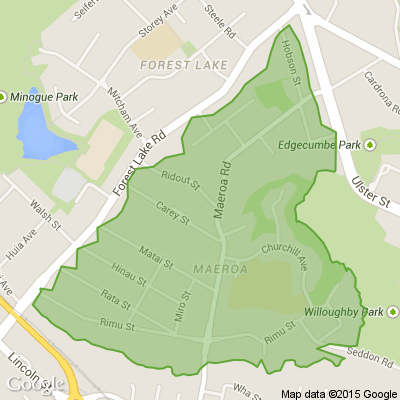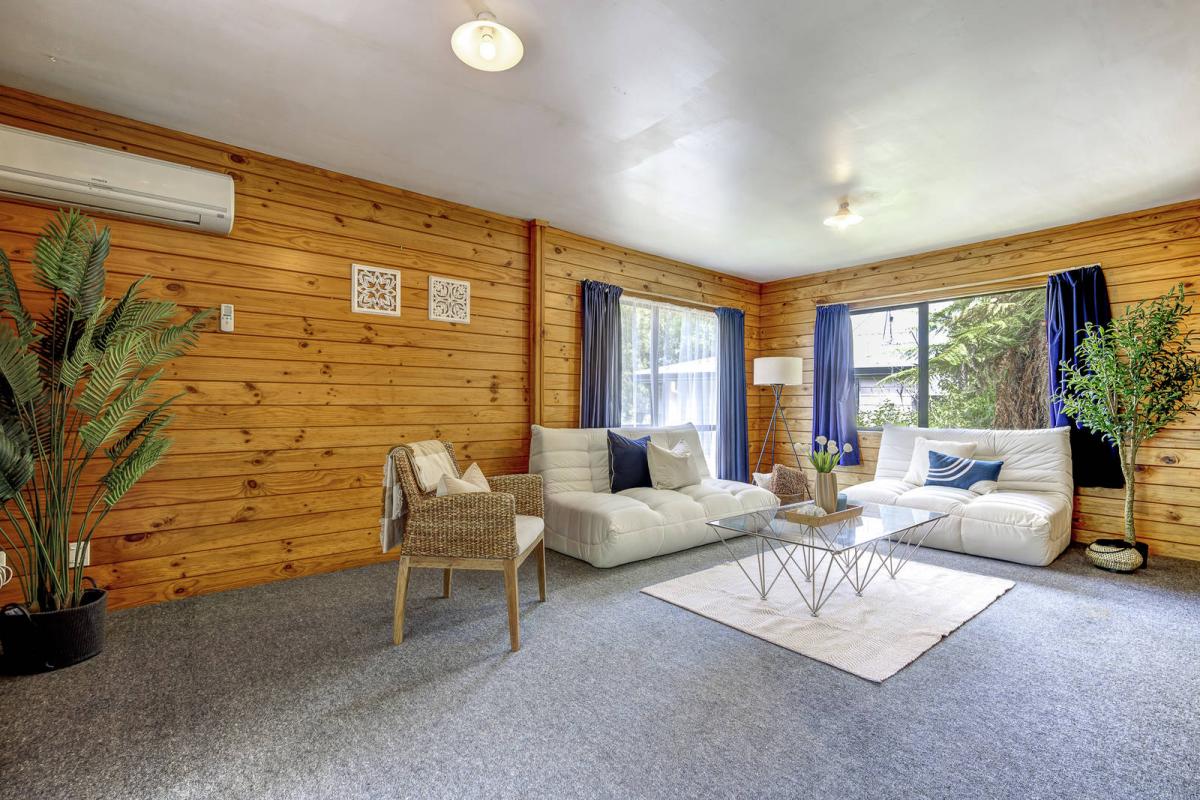How to Look After Your Upholstery
In this blog we discuss the most common upholstery problems that can arise in use. We will break each problem down, looking at what it is, the likely cause and recommended remedies and solutions to avoid future reoccurrence.
CROCKING: What is it? Crocking is the term used to describe the transfer of excess dye from one surface to another due to rubbing and friction. The issue is increased by certain atmospheric conditions such as humidity and temperature.
Likely cause: In a situation where the dye is transferring out of the upholstery fabric (for instance a red fabric is turning pink) it will usually be a result of either poor quality dyes used during textile manufacturing or that the dyes were not set correctly during the dyeing and finishing process. Crocking can also occur when dye is transferred from an outside source onto the upholstery fabric, for instance a pair of new jeans can transfer blue dye on to your sofa giving it a grubby appearance.
Remedy: The key thing to establish with crocking is whether the discolouration is due to dye transferring out of your upholstery fabric or on to it from an external source. If it is transferring out of the fabric then it is important to check that some substance e.g. a solvent based product, has not come into contact with the fabric and affected the dyes. If all of the above can be ruled out then a genuine fabric issue may be the cause and the fabric will need to be replaced from another batch or alternative fabric.
FADING: What is it? Discolouration or lightening of the dye in a fabric due to exposure to ultraviolet light. Constant exposure to high levels of direct ultraviolet light can also result in fibre degradation, causing the fabric fibres to become brittle, which may result in areas of breakage.
Likely Cause: It is important to note that no fabric is 100% colourfast (resistant to fading), however discolouration can generally be attributed to the use of poor quality dyes during fabric manufacturing or due to constant direct exposure to ultraviolet light with inadequate protection. Ironically ultraviolet damage occurs more during the winter months when the sun is sitting lower in the sky and sun filters/curtains are often left open during the day to increase light flow into a room.
Remedy: Once an upholstery fabric has faded there is nothing that can be done to reverse the issue other than recovering the affected piece of furniture. It is therefore very important that furniture is positioned to protect it from constant direct sunlight and of course the use of quality sun-filters and lined curtains at the window will help to reduce your furniture’s exposure to harmful UV light. Regular rotation of reversible cushions is advisable so that both fading and wear occur evenly. We also recommend rotating the placement of your furniture in relation to exposed windows for the same reason.
Keep reading: www.curtainclean.co.nz...

Poll: Should all neighbours have to contribute to improvements?
An Auckland court has ruled a woman doesn’t have to contribute towards the cost of fixing a driveway she shares with 10 neighbours.
When thinking about fences, driveways or tree felling, for example, do you think all neighbours should have to pay if the improvements directly benefit them?

-
82.5% Yes
-
14.8% No
-
2.8% Other - I'll share below
Live Q&A: Garden maintenance with Crewcut
This Wednesday, we're having another Neighbourly Q&A session. This time with John Bracewell from Crewcut.
John Bracewell, former Black Caps coach turned Franchisee Development Manager and currently the face of Crewcut’s #Movember campaign, knows a thing or two about keeping the grass looking sharp—whether it’s on a cricket pitch or in your backyard!
As a seasoned Crewcut franchisee, John is excited to answer your lawn and gardening questions. After years of perfecting the greens on the field, he's ready to share tips on how to knock your garden out of the park. Let's just say he’s as passionate about lush lawns as he is about a good game of cricket!
John is happy to answer questions about lawn mowing, tree/hedge trimming, tidying your garden, ride on mowing, you name it! He'll be online on Wednesday, 27th of November to answer them all.
Share your question below now ⬇️

Extravaganza in the Park Christmas Market
Extravaganza in the Park Hamilton, NZ is just two weeks away!
Saturday 7th December, 9am - 2pm.
Over 130 unique and quality stalls from indoor and outdoor stalls ranging from soaps, candles, rongoa and natural health products, crystals, tarot readings, mobile piercing, bone carving, art, craft, wooden art, garden art, plants, clothing, retro and vintage clothing and artisan products, homemade baking, jams and sauces, a children's market of stalls, live entertainment, car display, children's fun, bouncy castles, farmyard friends and pony rides, hangi, food and coffee and much more.
www.facebook.com...







 Loading…
Loading…








